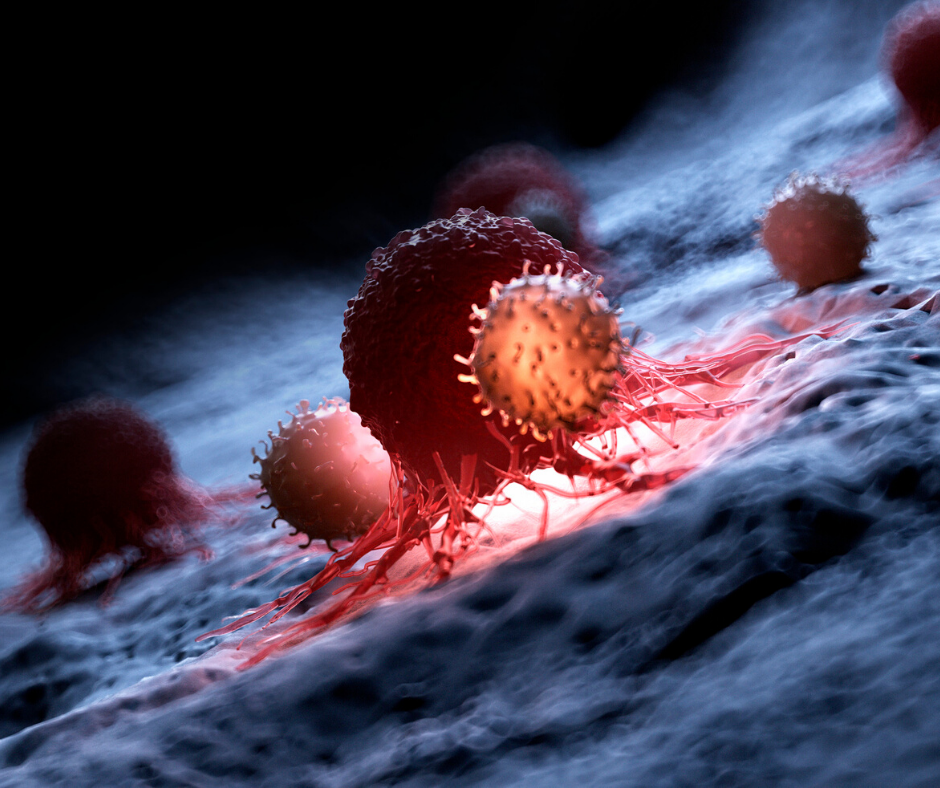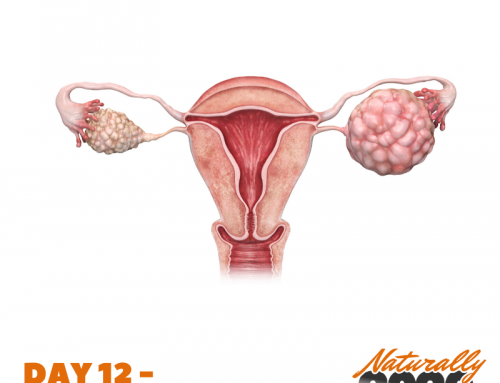The main roles of the lymphatic system include managing the fluid levels in the body, filtering out bacteria and housing types of white blood cells crucial to the body’s ability to fight infection. Fluid from the body’s tissues usually drains into lymphatic vessels, which are close to blood vessels. Lymph nodes are small collections of tissue along the lymph vessels that work as filters for harmful substances and help fight infection.
Lymphoedema can occur after treatment for cancer, when lymph nodes are removed by surgery or damaged by radiotherapy. This can stop the lymph fluid from flowing freely through the lymphatic system and can cause fluid to build up in some parts of the body.
Lymphoedema may affect the arm after treatment of nodes in the armpit or may occur in the leg if nodes in the grain are removed. Facial swelling may also occur if local nodes are affected. Conservative estimates suggest that at least 20% of survivors from breast, gynaecological, prostate cancer or melanoma will experience secondary lymphoedema. The risk of developing lymphoedema seems to be higher in people who have had several lymph nodes removed and for those who have both surgery and radiotherapy to the lymph nodes.
When does lymphoedema develop?
Temporary lymphoedema
Lymphoedema can start right after surgery. This is called temporary (or short-term) lymphoedema. It’s usually milk and goes away in the next month or so. It can also start later, about 6 to 8 weeks after surgery or radiation.
Chronic lymphoedema
This form of lymphoedema develops slowly over time. It may show up many months or even years after cancer treatment. The swelling can range from milk to severe. Lymphoedema can be a long-term problem, but there are ways to manage it. The key is to get help right away. Lymphoedema is easier to treat and more likely to respond to treatment if it’s treated early.
Signs and Symptoms
Early signs and symptoms to look for include:
– A feeling of heaviness, tightness or fullness in the limb or body part
– Skin changing texture, feeling tight or hard, or looking red
– Less movement or flexibility in nearby joints
– Swelling (you may notice indentations in the skin from tight clothing, jewellery or shoes)
– Ache, pain or tension in the limb or body part
Some of these early signs and symptoms may come and go. If you notice any of the changes above, you should discuss these with your doctor



Leave A Comment